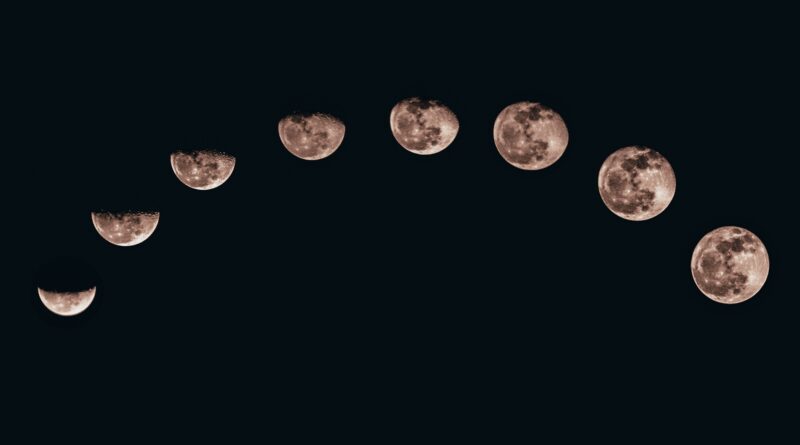In Japan, there are many moon names depending on their phases.
Actually, many Japanese people don’t know all of the moon names.
Today, I’d like to introduce some of them.
If you could say various moon names in Japan, we would think you’re so cool.
The 1st day: 新月(shingetsu), which means the new moon.
The 3rd day: 三日月(mikazuki), which means the crescent moon.
The 7th day: 上弦の月(jogen-no-tsuki), which means the first quarter moon.
The 13th day: 十三夜(jusanya), which means the waxing gibbous.
The 14th day: 小望月(komochizuki), which means the eve of the full moon.
The 15th day: 満月(mangetsu), which means the full moon.
The 16th day: 十六夜(izayoi), which means the next night of the full moon. We need to be careful about the way of reading this kanji.
The 17th day: 立待月(tachimachizuki), which means the moon-waiting in a standing position.
The 18th day: 居待月(imachizuki), which means moon-waiting in a sitting position(waning gibbous).
The 19th day: 寝待月(nemachizuki), which means the moon-waiting in a lying position.
The 20th day: 更待月(fukemachizuki), which means the moon-waiting late at night.
The 23th day: 下弦の月(kagen-no-tsuki), which means the last quarter moon.
The 26th day: 有明の月(ariake-no-tsuki), which means the waning crescent or the dawn moon.
The 30th day: 晦日月(misokazuki, or tsugomori), which means the dark moon.
There are still too many names…haha.

